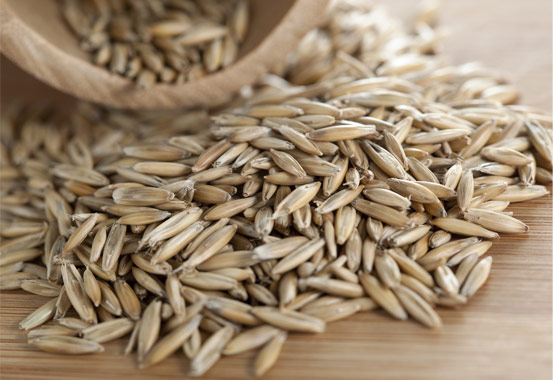- Home
- About
-
Our Products
- Grains
- Oil seeds
- Meals
- Oils
- Derivate
- UBM Group
- UBM Community
- Press
- Contact
Rye is a hardy grain, more tolerant of frost and drought than is wheat. It is the most winter hardy of all cereals, and is frequently grown under conditions where other cereals fail . Rye's drought tolerance is due to it's highly developed root system which uses 20-30% less water than wheat, however differing varieties of rye fair better than others under drought conditions . Historically, rye and wheat have been sown together to reduce risk to the grower in years poor for wheat production, and this combination was called "maslin" . Breeding wheat to rye produces triticale, which has one set of rye chromosomes and 3 sets of wheat chromosomes.

Uses
Rye (Secale cereale) is a grain and forage crop . In Europe most rye production is for bread grains . However, Canada and the US grow rye for both grain and forage, with Canadians growing mostly grain and US farmers dedicating less than half their rye to grain.
Animal Feed
Grain - One use for rye grain is animal feed. Although rye has a higher feed value than oats or barley, and has a feeding value of 85% to 90% of corn, its high soluble fiber content makes it better suited to ruminants than monogastrics . It is most palatable to livestock when it's 1/3 or less of the feed . It should not be fed to young animals, as it may cause digestive disorders.
Forages - Rye is used as a forage in the form of green chop, pasture, haylage, or hay , and is used alone or mixed with clover or ryegrass . Although it is less palatable than other forages, it is advantageous because it grows well in lower temperatures and matures earlier than wheat. Dairy animals fed rye as a forage may have milk flavor affected.
Human Consumption and Utilization
As stated earlier, most rye grown in Europe is for making bread. Canada has a limited amount of rye grain used for distilling and food uses, and in the US about half the rye for grain is used for these purposes . Rye grain is used to make flour, animal feed, or beer. It can also be eaten whole, either as boiled rye berries, or by being rolled, similar to rolled oats.
Other uses of rye include rye whiskies, most vodkas, medicinal uses, animal bedding, and fruit and vegetable mulch.
Agronomy
Rye is beneficial to the environment. It is used as a cover crop to reduce soil erosion, enhance soil water retention, contribute a green manure, and to reduce weed growth (reducing the need for herbicides).